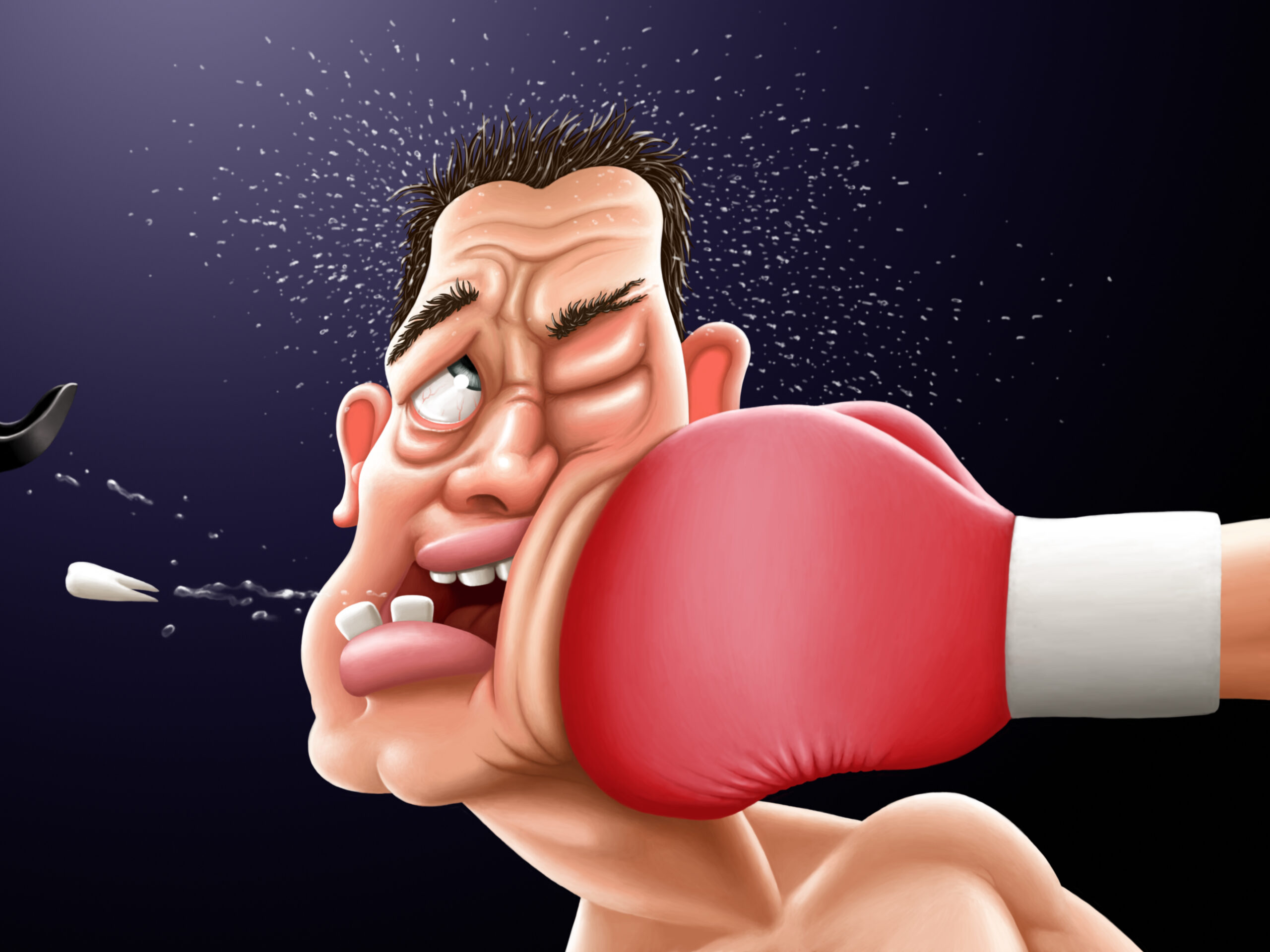Chapter Progress
0% Complete
Get CPR/AED/First Aid Certified Today
Traumatic Tooth Loss
Definition
Traumatic tooth loss or chipping can cause aesthetic problems. If a permanent tooth has been knocked out after the injury to the face or jaw, it can still be reimplanted by an orthodontist.
If the tooth is merely loose, the person should be instructed to bite down on a piece of gauze until they can see their dentist.

Knocked out Tooth
First Aid Intervention for Traumatic Tooth Loss
The first responder may do the following interventions for traumatic tooth loss:
- First, because bleeding is likely to be present in the gum area where the knocked-out tooth is located, the first aid provider must wear appropriate PPE, such as gloves.
- Sterile gauze can be used by bunching it up to fit the area.
- The person should bite down on the gauze, which applies pressure to the affected area and helps stop the bleeding.
The first responder preserves the tooth for reimplantation by following these recommendations:
- When handling the tooth, only the crown of the tooth should be held and not the roots.
- Some of the dirt that may be on the tooth should be brushed off gently.
- If the person is an alert adult, the tooth can be transported under their tongue. This should NOT be done with a child or if the person is confused or in danger of losing consciousness.
- The tooth can also be transported by immersing it in fresh whole milk. It can be preserved in this way for up to 6 hours. It should not be immersed in water because the tooth cells can swell and die.
- The patient should be sent to a dentist to repair the damaged tooth. Reimplantation success is time-dependent; hence, the earlier the procedure is done, the better the chances of success.